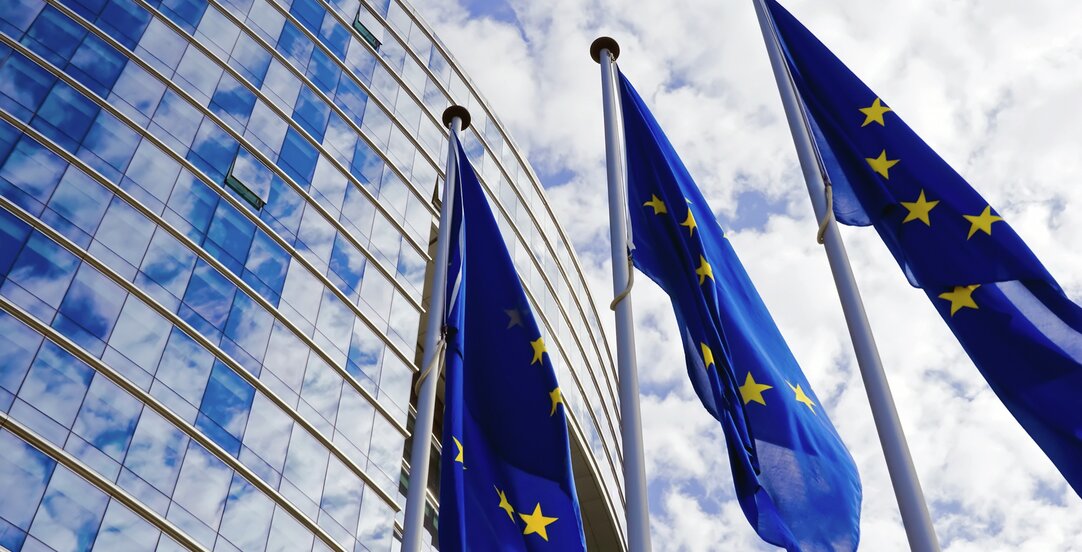State aid for hydrogen

A revised State aid framework should help boost the demand and supply of hydrogen in Europe. The European Commission set out this promise in the EU’s hydrogen strategy for a climate-neutral Europe, adopted in July last year. Has the Commission delivered on its promises?
Lesetid 5 minutter
In this article, we take a look at new rules and draft legislation published by the Commission since July last year.
Aid for hydrogen projects – why do the current rules need an overhaul?
State aid provided to industry in the EEA must abide by the State aid framework. While the State aid rules are not aid schemes or programmes in themselves, they provide the framework that Member States’ support schemes must adapt to. Straight-forward aid measures may fall within the so-called general block exemption regulation (GBER), where Member States may ensure these enter into effect without prior approval. Meanwhile, larger and more complex projects require prior notification to and approval by the Commission, or in Norway’s case, by the EFTA Surveillance Authority (ESA).
The current framework (from 2014) allows aid for a number of environmental objectives, and by expanding the scope of the GBER has dispensed with the need to notify aid measures in advance in a large number of cases. While the current rules cover some hydrogen projects (e.g. aid for refuelling infrastructure), the framework has not been particularly well adapted to the general provision of aid for hydrogen production and infrastructure. This is partly because hydrogen is an energy carrier rather than a source of energy, and hydrogen projects therefore do not always fit the criteria. In addition, rules for calculating the costs eligible for aid generally presuppose a comparison with a so-called “counter-factual scenario”, i.e. a similar conventional investment. This is logical where one chooses to invest in, for example, conventional vehicles rather than zero-emission vehicle. However the test remains difficult to apply where the conventional alternative is less clear, as may be the case for an investment in, for example, hydrogen production capacity. Finally, aid intensities (i.e. percentage of eligible costs covered by aid) under the current framework are, in many cases, too low for projects involving new technologies or immature markets.
New draft guidelines for State aid – climate, environmental protection and energy
In June this year, the Commission published new draft guidelines on State aid for “climate, environmental protection and energy” (CEEAG). The draft guidelines do not define aid for hydrogen projects as a separate category, but many objectives in the draft cover different parts of the hydrogen value chain:
- Instead of providing for aid for renewable energy, the draft CEEAG allows aid for “the reduction and removal of greenhouse gas emissions, including through the support for renewable energy”. In other words, aid may not only be granted for renewable energy, but also for projects which otherwise aim at reducing greenhouse gas emissions. This explicitly includes “dedicated infrastructure projects” for hydrogen and other low-carbon gases, i.e. infrastructure without third party access. In addition, the production of low-carbon/carbon free hydrogen, e.g. as a fuel or for industrial processes, likely also applies under this section.
- Aid for energy infrastructure now explicitly covers hydrogen infrastructure, including transmission pipelines; underground storage facilities connected to such pipelines; dispatch, reception, storage, regasification or decompression facilities for hydrogen; and equipment or installations essential for the hydrogen system to operate safely, securely and efficiently or to enable bi-directional capacity. Aid under this heading requires third party access. Where this is not the case, such infrastructure may be “dedicated infrastructure” and be eligible as aid for the reduction or removal of greenhouse gases.
- Aid for clean mobility may include aid for refuelling infrastructure for alternative fuels, including hydrogen. Interestingly, this aid may also apply to the on-site production of electricity or hydrogen from renewable sources connected to the refuelling infrastructure, as well as on-site storage facilities.
To determine the aid element, the draft CEEAG relies increasingly on a competitive bidding procedure. The big benefit of this approach is that aid awarded through a competitive bidding procedure does not require any detailed assessment of the net extra cost by reference to a counterfactual investment, and is not capped at a fixed percentage of such “extra cost”. In principle, up to 100% of the extra costs may therefore be covered. Awards through a competitive bidding procedure is the main rule for most types of aid, for example regarding aid for the reduction or removal of greenhouse gases, aid for hydrogen production, or aid for clean mobility (including refuelling infrastructure or on-site hydrogen production).
Aid for energy infrastructure does not rely on competitive bidding, and in principle the entire investment may be eligible cost. However, actual aid intensity must be considered for each scheme or project, with the aim to minimise competition distortion.
In summary, the new guidelines (when adopted) will cover a larger number of hydrogen projects and also allow for higher aid intensities, bringing a welcome change. It should be noted, however, that the Commission’s emphasis on competitive bidding is a clear signal that more generous rules do not allow Member States to create “national champions” enjoying preferential treatment by their national government. The draft guidelines were subject to public consultation this summer. Certain changes may be made before the expected adoption of final guidelines in late 2021. An important caveat is that the draft is relatively vague as regards what it takes for hydrogen to be considered as “green”. Several stakeholders have commented on this in the consultation and adjustments to the exact scope of the guidelines are therefore not unlikely.
Importantly, before aid under the revised rules may be available to industry, national authorities will have to update and (re)notify their aid schemes. In Norway, such aid is mainly granted by Enova SF.
Update to the GBER – aid without notification
As aid under GBER does not require prior notification, their implementation is swifter, less burdensome and more predictable. Market participants and governments alike therefore have a clear interest in aid measures being covered by the GBER, in particular smaller projects for which a full notification procedure requires a disproportionate amount of work.
A modification to the GBER was adopted in July 2021. This modification introduces a new legal basis for aid provided to refuelling infrastructure supplying road vehicles with “renewable hydrogen”. While the heading “local infrastructure” has previously covered some refuelling infrastructure, the new provisions now allow aid to large networks of such infrastructure without prior notification.
A more extensive draft update to the GBER, intended to adapt the GBER to the Green Deal and digital transformation, had just been published as this article went to press. Wikborg Rein will revert with an updated briefing on these important developments.
